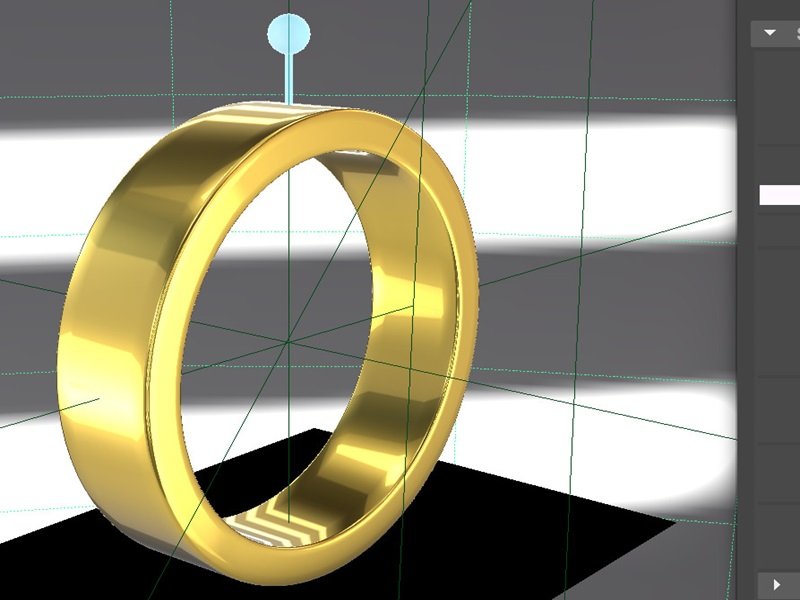

Learn how to Illuminate and Render Your 3D Art In 2 weeks
Dive into the captivating universe of 3D lighting and rendering with our short course designed explicitly for Arnold in Maya. Whether you’re a budding 3D artist, an aspiring visual effects specialist, or a digital art enthusiast, this course is tailored for you. It offers a unique opportunity to learn the core principles of the intricate art of lighting and rendering, a critical element that breathes life, mood, and depth into your 3D scenes. With a strong focus on Arnold, a globally recognised standard for rendering in Maya, you’ll learn to create photorealistic and high-quality renders. Join us, and let’s illuminate your 3D world, one light at a time.
This course outline is designed to equip students with a solid understanding of the principles of 3D lighting and rendering using Arnold for Maya. It covers technical skills and artistic concepts, providing a comprehensive learning experience for beginners and intermediate learners.
Course Outline
Introduction to 3D Lighting & Rendering
- Overview of 3D lighting and rendering concepts
- The role and importance of lighting in 3D animation and visualization
Introduction to Arnold for Maya
- Understanding the Arnold for Maya plugin
- How to enable the Arnold plugin
- Exploring its interface, features, and benefits in lighting and rendering
Basics of 3D Lighting with Arnold
- Understanding different types of lights in Arnold (Area, Skydome, etc.)
- Techniques for positioning and adjusting lights
- Control light attributes for desired effects
Rendering Basics with Arnold
- Understanding Arnold RenderView and Settings
- Basics of Arnold’s sampling and ray depth
- Creating and managing render layers
Advanced Lighting Techniques
- Light linking, light filters, and shaping
- Working with mood, contrast, and colour
- Realistic lighting for indoor and outdoor scenes
Advanced Rendering Techniques
- Understanding shaders and materials in Arnold
- Working with AOVs for compositing
- Exploring Arnold’s camera, motion blur, and depth of field
Practical Application and Project Work
- Applying learned techniques to create a fully lit and rendered scene
- Experimenting with different lighting situations, materials, and outputs
- Final project assessment and feedback
